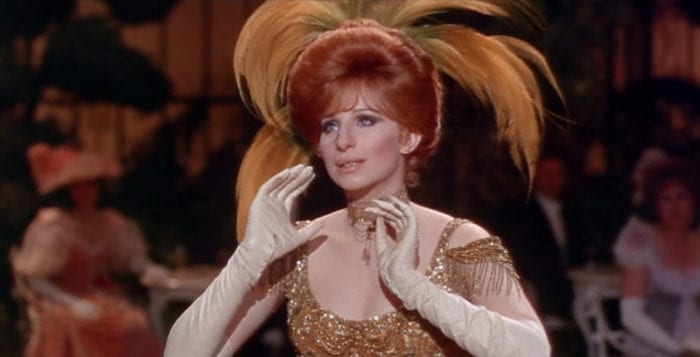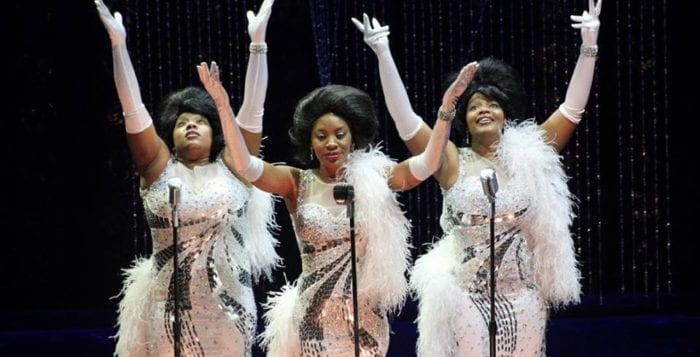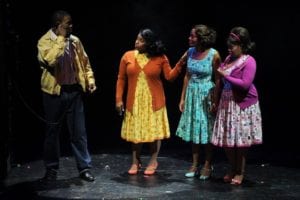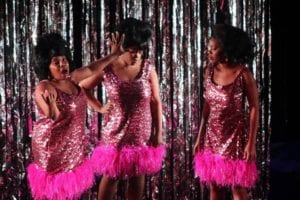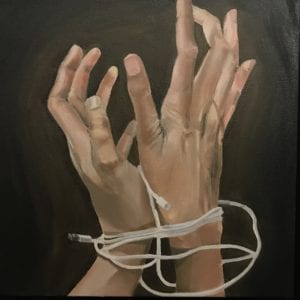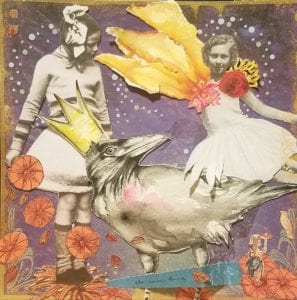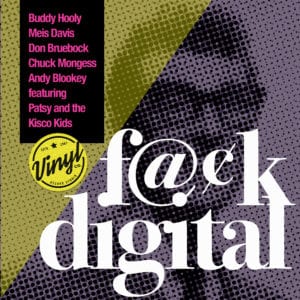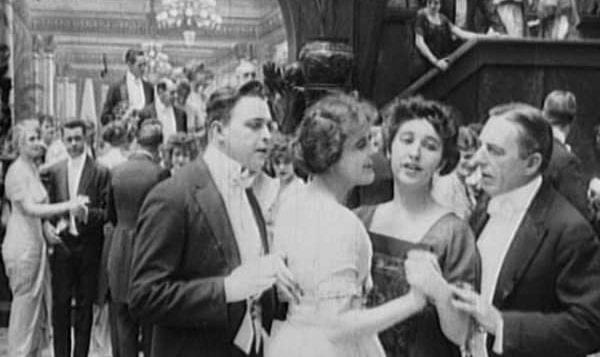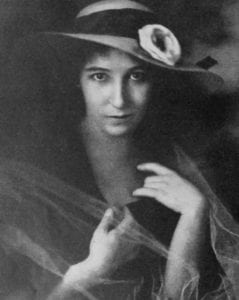By Heidi Sutton
I am simple, complex, generous, selfish, unattractive, beautiful, lazy, and driven. — Barbra Streisand
What can one say about Barbra Streisand? In a career spanning six decades, the legendary singer, songwriter, actress, author and filmmaker has won multiple Academy Awards, Grammys, Emmys, Golden Globes, Tonys and a Peabody, proving that the incredible voice that launched her career was only one of her remarkable talents.
So it was only natural for Sal St. George to pay tribute to the legendary star in his latest Living History Production, now playing at the Ward Melville Heritage Organization’s Educational & Cultural Center in Stony Brook Village through June 14.

According to St. George, the show focuses on a specific turning point in Streisand’s career. “The story takes place in 1969. Barbra recently won the Oscar for “Funny Girl” and her latest movie, “Hello Dolly” has just been released,” he said, adding, “This was a pivotal time in young Barbra’s life. She was divorcing Elliot Gould at this time, as well.”
Now the 27-year-old is a special guest on the fictitious sixties talk show, “The Dixie Carlyle Program.” Formatted as if the audience is coming to a live taping of the show, Streisand is interviewed about her life and career.
The original script was written by St. George. “It takes approximately three months of research before the actual writing process begins,” he explained.
Gabrielle Lutz, who plays the role of talk show host Dixie Carlyle, said “I love creating a character from scratch. Dixie is fun and off-beat. You never know what she is going to do next.”
Sarah Franco tackles the role of Streisand in the show. “When Sarah auditioned and sang for us I immediately heard the sound of Barbra’s voice,” said St. George. “She is a disciplined and hard-working actor. I knew she would be able to personify the legendary singer.”
“How do you portray an icon like Barbra? I just try to master her mannerisms and vocalizations,” said Franco. “I also enjoyed the opportunity to portray the real Fanny Brice in this show. We recreate a Baby Snooks radio show.” Franco will sing many of Streisand’s hits from that time period during the 90-minute show.

St. George’s son, Darren, who has been featured in numerous productions over the years, most notably as Tobias Brunt, the ruthless Bounty Hunter in “Running Scared, Running Free” and as Edgar Allan Poe, has the role of Danny DeLuca. “This is one of the most ambitious shows we have ever mounted. The finale will surprise and delight you. It was a challenge to produce, but it is all there onstage for the audience to enjoy,” said Darren.
After the performance, participants will be treated to a high tea luncheon featuring finger sandwiches (tuna, cucumber and chicken), assorted pastries, coffee and tea provided by Fratelli’s Italian Eatery of Stony Brook along with a meet and greet with the actors.
For Sal St. George, he’s already planning the next show. “This is our sixteenth year producing programs for the WMHO. Soon we will be preparing for our holiday program. The special guest has not yet been finalized. But we are looking to do the story of another successful female entertainer and icon — a very famous country western star.” Stay tuned.
Partially sponsored by Roosevelt Investments, the Ward Melville Heritage Organization Educational & Cultural Center, 97P Main St., Stony Brook will present a musical tribute to Barbra Streisand on Wednesdays, Thursdays and Saturdays at 11:30 a.m., and Sundays at 12:30 p.m. Available dates at press time are May 17, 19, 23, 30, 31, June 2, 7, 9, 10, 13 and 14. Admission, which includes lunch, is $50 adults, $48 seniors and $43 for groups of 20 or more. To make reservations, call 631-689-5888. For more information, visit www.wmho.org.

